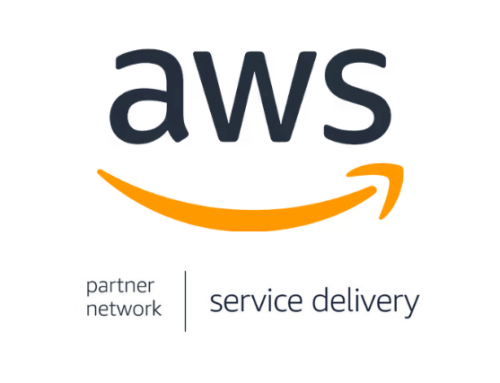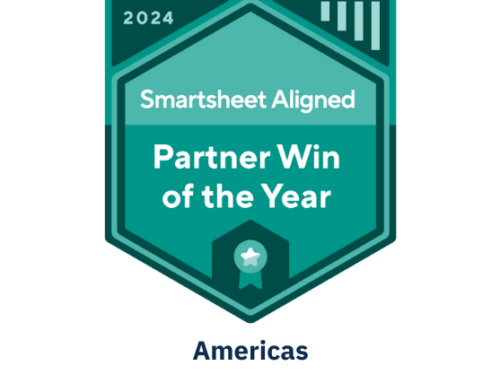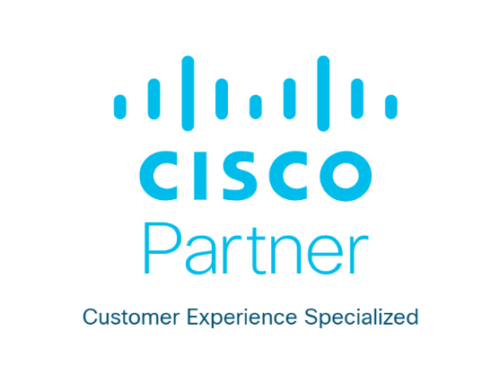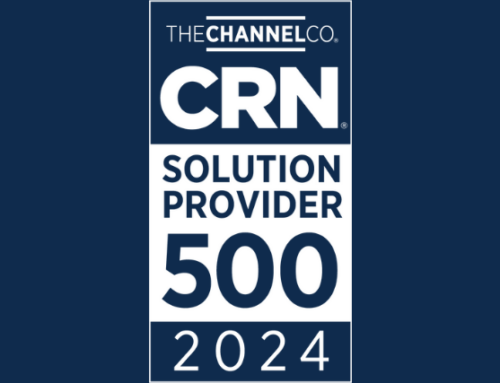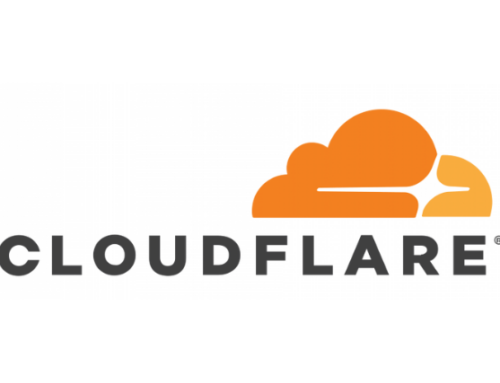Time for Reflection
As the school year wraps up, academia takes a step back to evaluate the successes of the past year. This is more than a time of reflection; it’s a time for growth and a steadfast climb to further successes. Anyone in the field of education can agree that, in order to prosper, one has to continue to learn and expand his or her knowledge. This idea is applicable in any field, whether it be medicine or the humanities and everything in between. The world of IT also follows this philosophy, and Microsoft has taken great strides this year in order to advance the IT field.
What is the Microsoft Research Award for the Software Engineering Innovation Foundation?
Each year, research is funded by the Microsoft Research Award for the Software Engineering Innovation Foundation (SEIF). Microsoft supports academic research in software engineering technologies. Microsoft focuses on the tools, practices, and teaching methods associated with these technologies. This year, it took that to another realm and expanded its scope to include ideas related to energy efficiency and data center innovation. SEIF received over 100 proposals for different research grants. Microsoft selected 12 projects and awarded each a $40,000 grant. From the 12 selected, there are four that will focus on making cloud services and data center facilities more efficient and environmentally friendly.
The grants are going to fund teams at four different universities, and each will study a variety of data center innovations.
- South Dakota State University will focus on “Reliable and resilient microgrids for datacenters.” (Reinaldo Tonkoski and Wei Sun)
- Rutgers University’s project will be “Cool provision: Provisioning cooling systems for datacenters” (Thu Nyugen)
- Onur Mutlu of Carnegie Mellon University received the grant for his project “Improving datacenter efficiency and total cost of ownership with differentiated software reliability analysis and techniques.”
- Stanford University’s Christoforos Kozyrakis will work on “Resource efficiency for IT.”
Microsoft continues to discover new ways to evolve the energy supply chain. These discoveries combined create a path toward better efficiency and reduce negative impacts on the environment. In turn, the research community proves itself to be a consistently growing source of innovation. The pairing of Microsoft partners with the academic world is ongoing and serves as a huge outlet of big ideas for Microsoft.


